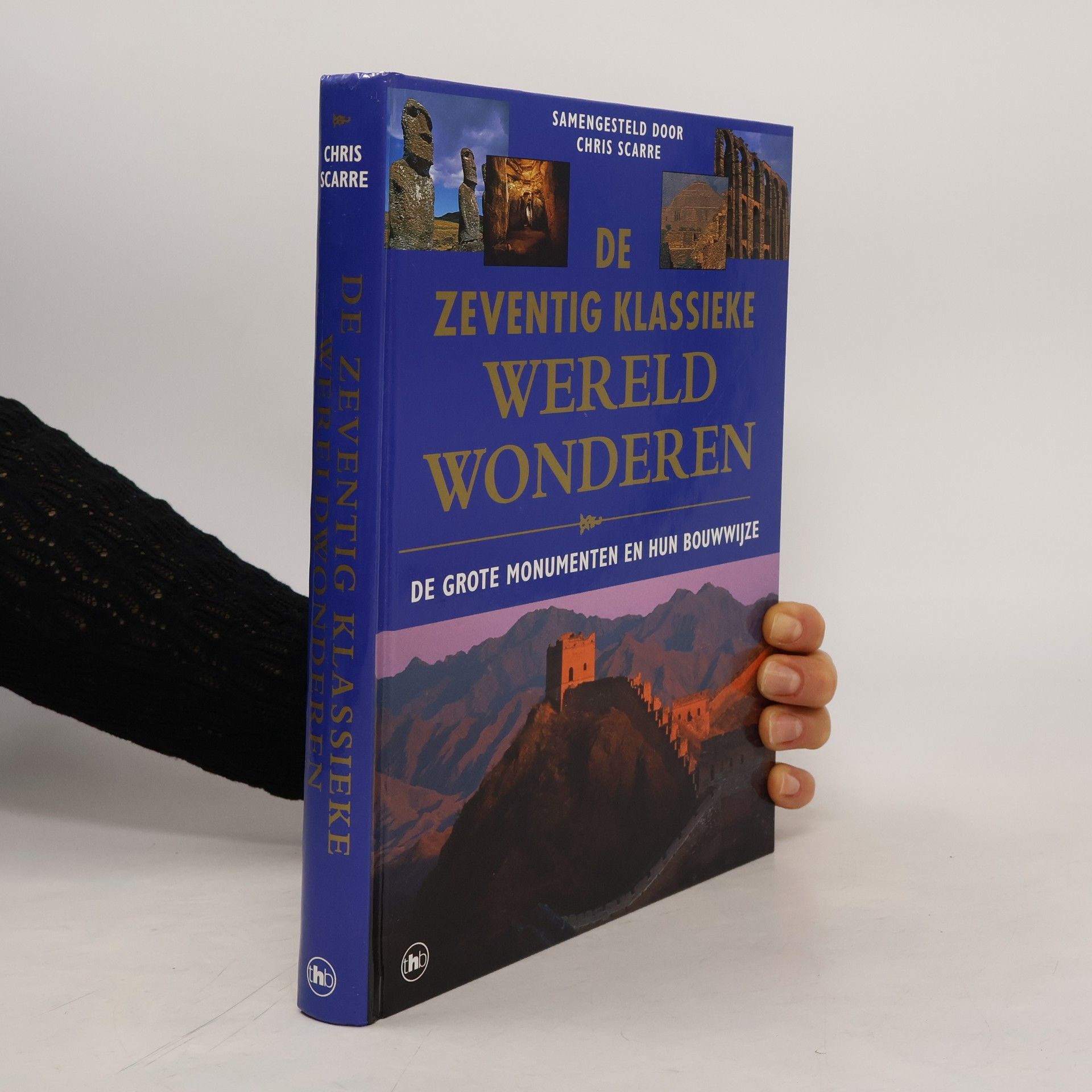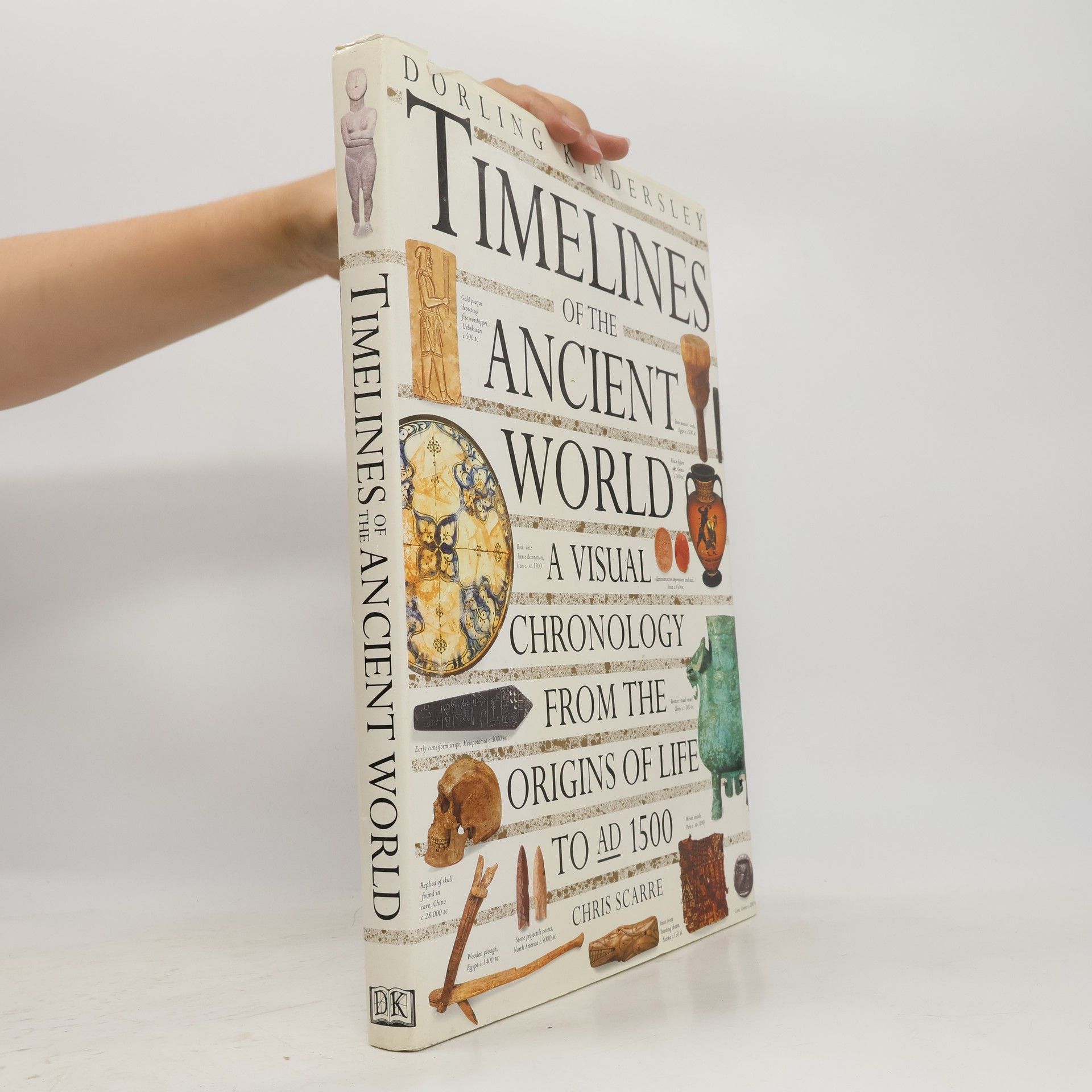The Human Past
- 768pages
- 27 heures de lecture
A comprehensive and indispensable guide to world prehistory, now completely updated






A comprehensive and indispensable guide to world prehistory, now completely updated
More than fifteen centuries after its fall, the Roman Empire remains one of the most formative influences on the history of Europe. Its physical remains dot the landscape from Scotland to Syria. Its cities are still the great metropolises of the continent. Its law and institutions have shaped modern practice, and its ideal of a united Europe has haunted politicians ever since. Fully illustrated and featuring more than sixty full- colour maps, this atlas traces the rise and fall of the first great multinational state. It looks at its provinces and cities, its trade and economy, its armies and frontier defences; follows its foreign ward and internecine struggles; and charts its transformation into a Christian theocracy and its fall in 476.
A visual chronology from trhe origins of life to AD 1500.
World Prehistory and the Development of Human Societies - Fourth Edition
Here is a new, fourth edition of this authoritative introductory survey of world prehistory, spanning the past 3,000,000 years and written by a team of twenty-four expert authors. This edition has been radically updated to be more thematic and accessible: chapters are connected by new key themes boxes (climate change, domestication, migration, social inequality and urbanism), which link global regions and encourage big-picture thinking. The text has been streamlined and the book's design completely revamped: it is now in full colour throughout, with more than 50% more colour images than the previous edition. There is increased coverage of the Americas, with a brand-new chapter, The Origins and Dispersal of the First Americans. Revisions take into account the latest sites and discoveries, including Homo naledi and the new LiDAR surveys of Angkor Wat. Each chapter begins with a newly designed, easier-to-use timeline, and features boxes on key sites, key discoveries, key controversies and, as above, key themes. All of the key methods boxes from the previous edition have been consolidated into the Introduction and now offer an up-front primer of archaeological methods and practices. Tables and maps are simplified and easier to use.
De grote monumenten en hun bouwwijze
De zeventig klassieke wereldwonderen uit de voorbije eeuwen beschreven en uitgelegd - Fascinerende informatie over de bouwtechnieken van vroege beschavingen - Van de eerste stenen gedenktekens uit het vijfde millennium voor Christus tot de grote tempel van de Azteken uit de zestiende eeuw na Christus - Gezaghebbende teksten van zestien belangrijke deskundigen over beroemde bouwwerken als de piramiden van Gizeh, Stonehenge en de Chinese muur, maar ook minder bekende wonderen als de Boeddha van Bamian en het tempelfort van Sacsawaman - Bouwwerken van over de hele wereld: Azië, Afrika, Europa en Noord- en Zuid-Amerika - Met wetenswaardigheden, speciaal voor deze uitgave vervaardigde perspectieftekeningen en de nieuwste gegevens, ontleend aan experimenteel onderzoek
Dieses Buch führt uns die Geschichte der Welt von der Entstehung des Lebens auf der Erde bis zur Gegenwart vor Augen. Es berichtet von berühmten Reichen und Herrschern, bietet darüber hinaus jedoch auch ein fesselndes Bild vom täglichen Leben der gemeinen Bevölkerung vergangener Kulturen. Die durchgehend illustrierten Zeitleisten lassen vergangene Epochen anhand archäologischer Fundstücke und Kunstwerke lebendig werden. Sie zeigen, wie sich die Zivilisation auf den einzelnen Kontinenten entwickelt hat und dokumentieren auf faszinierende Weise die Vielfalt menschlicher Kulturen.
Abu Simbel, Angkor Wat, Petra oder die neolithischen Tempel von Malta - heute stehen wir mit Staunen vor diesen großartigen Stein gewordenen Monumenten. Sechzehn anerkannte Fachleute beschreiben und erklären die 70 großartigsten bauwerklichen Errungenschaften vergangener Kulturen:§- aus allen Regionen der Welt, von Asien bis Afrika, Europa und Amerika§- vom 5. Jahrtausend v. Chr. bis ins 16. Jahrhundert n. Chr.§- sie geben faszinierende Einblicke in die technologischen Möglichkeiten früherer Kulturen§- neben bekannten Bauwerken wie den Pyramiden von Gise, Stonegenge und der Chinesischen Mauer stehen weniger bekannte Heiligtümer, Befestigungen, Paläste, Häfen, Straßenanlagen und Kolossalstatuen im Mittelpunkt